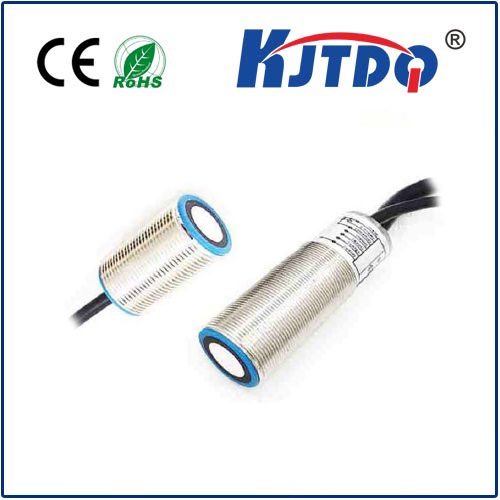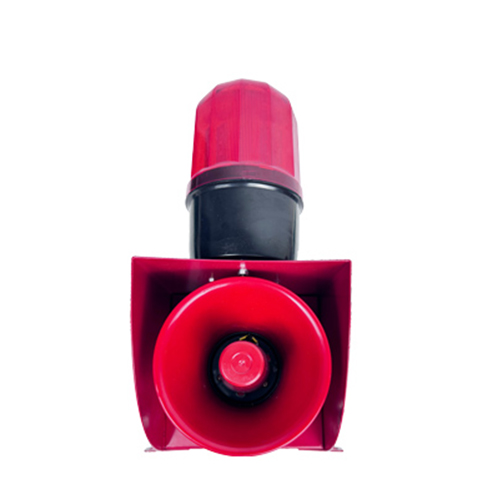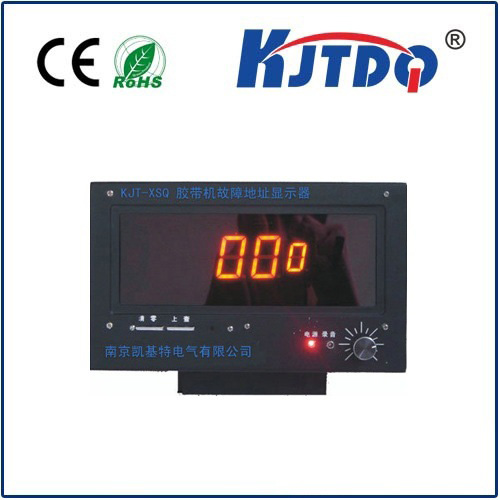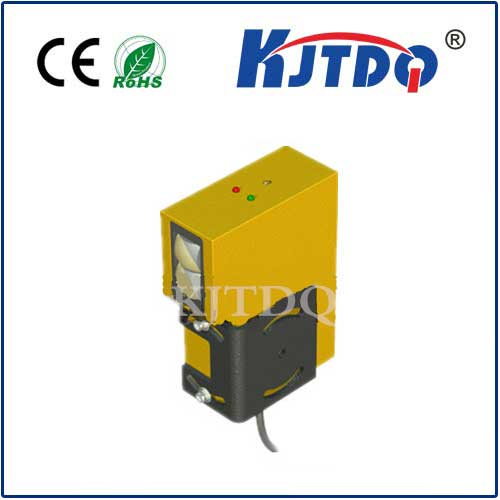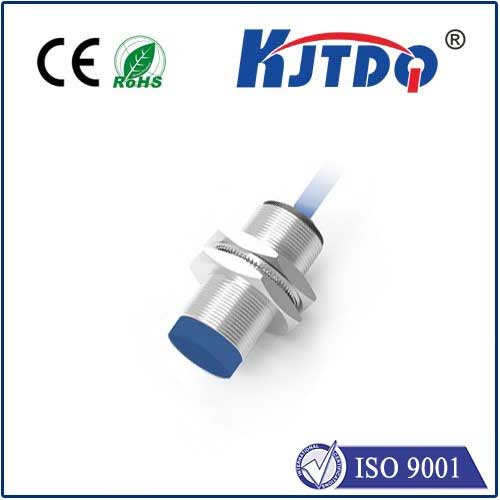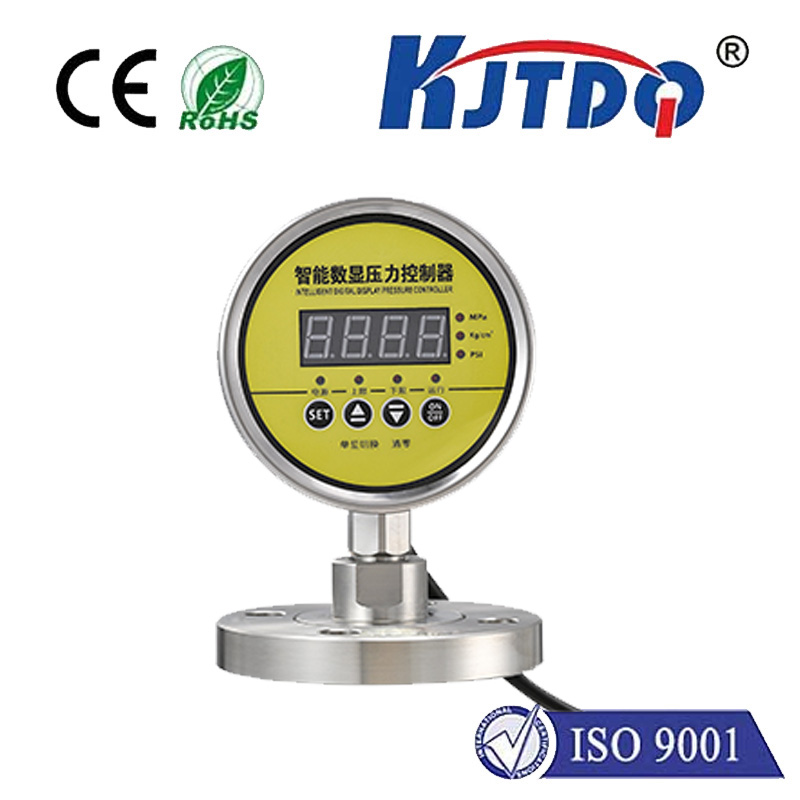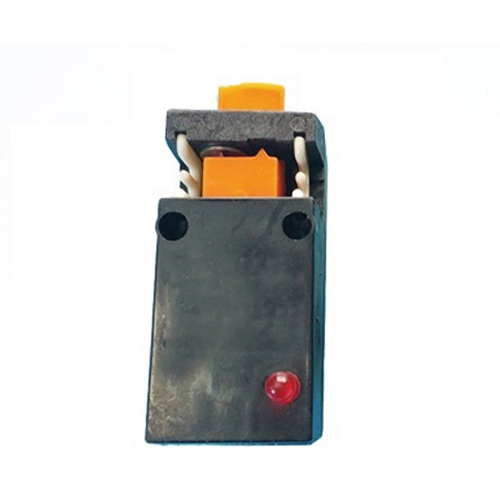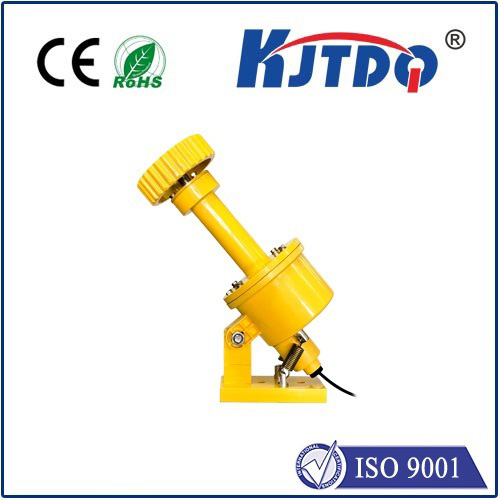Световой датчик с отражателем
- time:2025-07-24 01:42:13
- Нажмите:0
Unlocking Detection Efficiency: The Power of Photo Sensor with Reflector Technology
Imagine a high-speed production line, bottles whizzing by. Each one must be precisely counted, its presence confirmed before filling. How can this be done reliably, quickly, and without physically touching the bottles? Enter the often-overlooked hero: the Световой датчик с отражателем. This ingenious pairing forms a cornerstone of modern automation, offering a robust and cost-effective solution for countless object detection tasks where direct contact is impossible or undesirable.
At its core, the system comprises two primary components: the photo sensor emitter/receiver unit and a strategically placed reflector. The sensor unit itself houses both a light source (typically an LED emitting visible red, infrared, or laser light) and a photodetector designed to receive that specific wavelength. The reflector, usually a specialized prismatic or corner-cube type, is mounted opposite the sensor, precisely positioned to bounce the emitted light beam directly back to the sensor’s receiver.
Here’s the elegant simplicity of its operation:

- Emission: The sensor unit continuously emits a focused beam of light.
- Reflection: The emitted beam travels towards the reflector. Due to its unique optical design (using retroreflective principles), the reflector bends the incoming light rays, sending them directly back along the path they came from, regardless of minor angular misalignments.
- Reception: The photodetector within the sensor unit constantly monitors for the return of its specific light beam. When the light path is clear, the reflected beam hits the detector, signaling a “target absent” or “beam unbroken” state.
- Detection: When an object passes between the sensor and the reflector, it interrupts the light beam. The reflector can no longer return the light to the detector. The sensor detects this absence of the reflected signal and triggers an output signal, indicating a “target present” or “beam broken” condition.
This retroreflective sensing mode offers significant advantages over other detection methods:
- Simplified Wiring & Installation: Only the sensor unit itself requires power and output connections. The reflector is a passive component, drastically reducing cabling complexity and cost compared to through-beam sensors that need separate emitter and receiver units with wiring at both ends. Installation is often quicker and less error-prone.
- Longer Sensing Ranges: By concentrating the return beam, retroreflective photo sensors can achieve impressive detection distances, significantly farther than diffuse reflection sensors which rely on light bouncing directly off the target object.
- Enhanced Reliability: The focused beam and the reflector’s efficient return mechanism provide a strong, stable signal, making these sensors less susceptible to background light interference or misalignment issues than pure diffuse sensors.
- Target Versatility: Because detection relies on interrupting the beam (not reflecting off the target), retroreflective sensors can detect virtually any opaque object, regardless of its color, surface texture, or material (wood, plastic, metal, cardboard, etc.), as long as it blocks light. They can even detect transparent or translucent objects if configured with high enough sensitivity and a stable beam.
- Cost-Effectiveness: Combining the emitter and receiver into a single unit, plus the passive reflector, makes this configuration generally more economical than through-beam setups while offering superior range and reliability to diffuse sensors for many applications.
The applications for Световой датчик с отражателем technology are vast and span numerous industries:
- Manufacturing Automation: Counting products on conveyors (bottles, cans, packages), detecting presence/absence of components in assembly lines, verifying ejection of parts, monitoring machine guarding zones for safety (light curtains often use similar principles).
- Packaging: Verifying case sealing flap closure, detecting filled vs. empty boxes, controlling label application.
- Перевозка материалов: Detecting pallets at loading stations, monitoring stack height, confirming gate or door positions (open/closed).
- Automotive: Monitoring part positions in robotic assembly, verifying window or sunroof closure.
- Printing & Paper Processing: Tracking paper web breaks, detecting sheet position on presses, confirming stacker levels.
- Security: Perimeter beam detection systems (though often using separate emitter/receiver units for very long ranges).
Selecting the optimal Световой датчик с отражателем setup requires careful consideration:
- Sensing Range: Choose a sensor rated for at least the distance between the mounting points of the sensor and reflector, plus a safety margin. Remember environmental factors like dust or steam can reduce effective range.
- Light Source: Red light LEDs are common and visible for easy alignment. Infrared (IR) is invisible, better for discreet use or environments where visible light is distracting. Laser diodes offer extremely focused beams for long ranges or detecting very small objects but require careful handling.
- Beam Pattern: Consider a focused spot beam for precise detection of small objects or a wider beam for detecting larger or variably positioned targets.
- Environmental Conditions: Ensure the sensor and reflector are rated for the operating temperature, humidity, dust levels, and potential exposure to chemicals or washdowns (IP ratings are crucial here).
- Reflector Size & Type: Smaller reflectors are less obtrusive but offer shorter range or narrower beam acceptance angles. Larger reflectors provide longer range and are more tolerant of misalignment. Ensure the reflector type (film, tile, etc.) is compatible with the sensor’s light type and range requirements.
- Output Type & Configuration: Choose between PNP (sourcing) or NPN (sinking) outputs, normally open (NO) or normally closed (NC) switching logic, and analog outputs if needed. Ensure compatibility with the control system (PLC, robot controller).
Alignment is critical for reliable operation. Most sensors feature visual indicators (LEDs) or audible signals to confirm beam reception. Peak switching capability, found in many modern sensors, allows easy optimization – the sensor automatically adjusts its sensitivity to the maximum signal strength during alignment, compensating for dust, dirt, or minor misalignment over time, significantly boosting operational robustness.
From ensuring smooth production flows in bustling factories to securing perimeters and verifying critical process steps, the Световой датчик с отражателем remains a remarkably versatile and dependable workhorse. Its blend of operational simplicity, long-range capability, reliability across diverse targets, and cost-effectiveness cements its position as an indispensable tool where precise, non-contact detection is paramount. Understanding its principles and selecting the right components unlocks effortless, efficient automation in countless scenarios.



